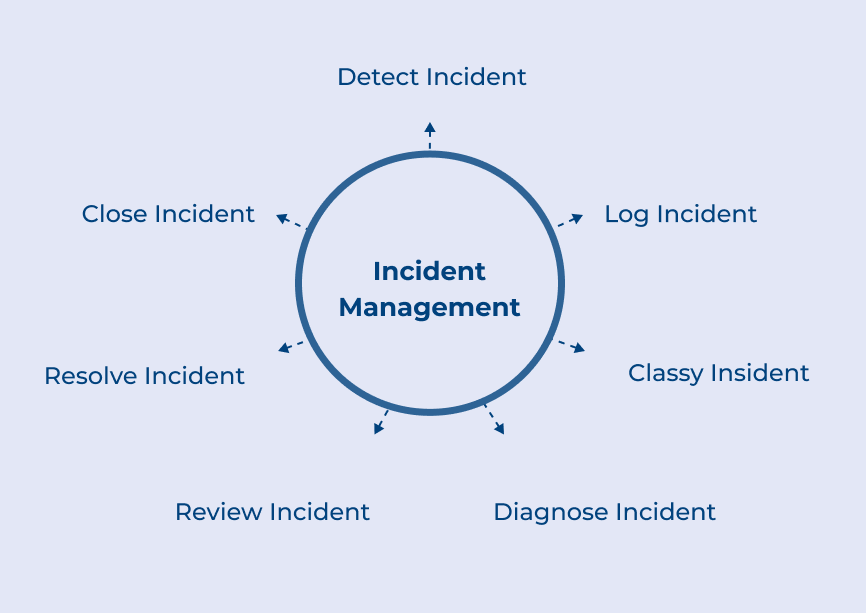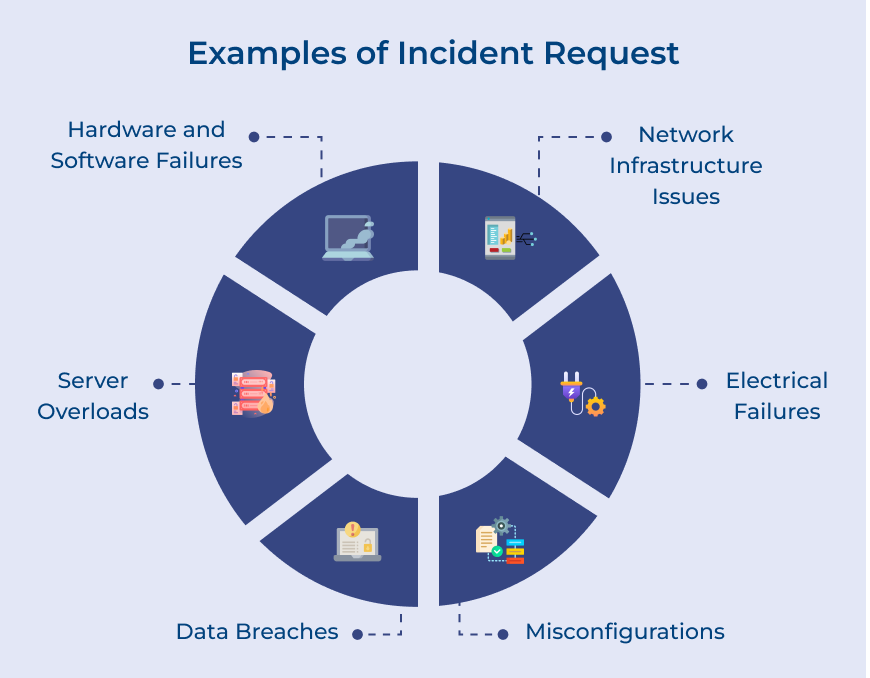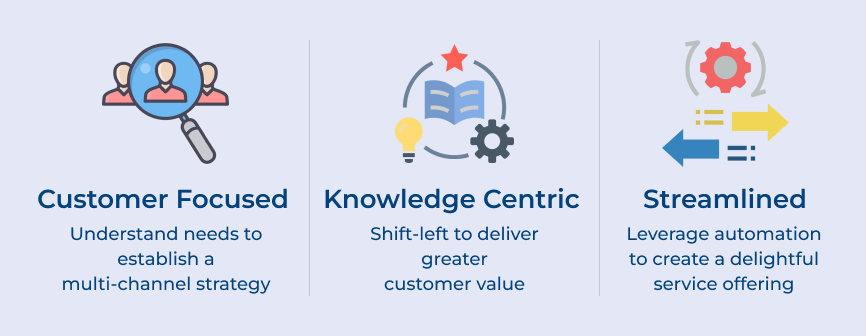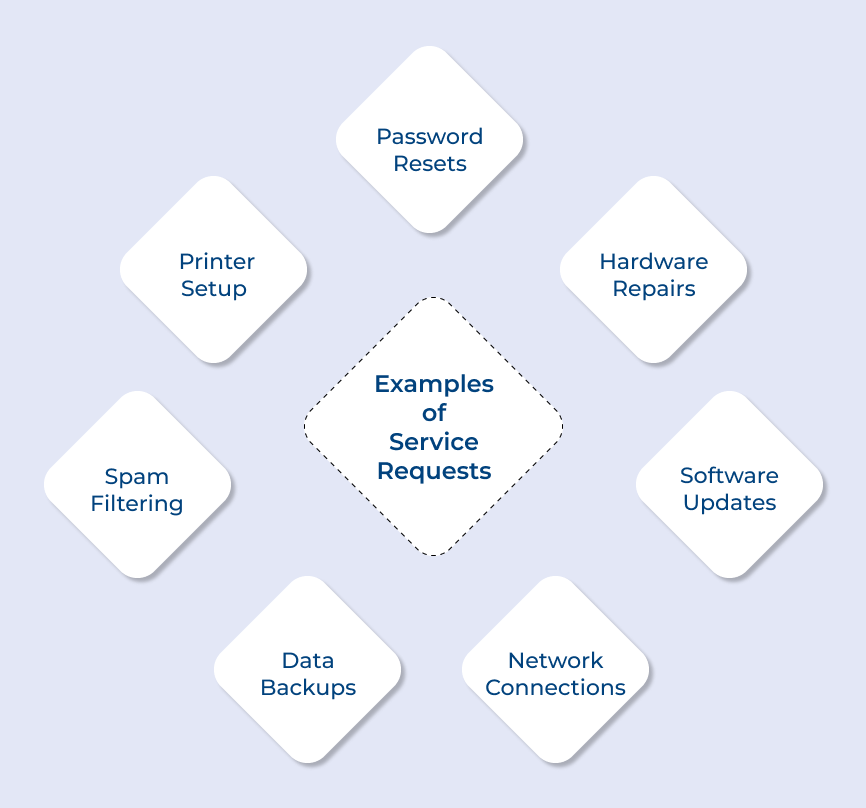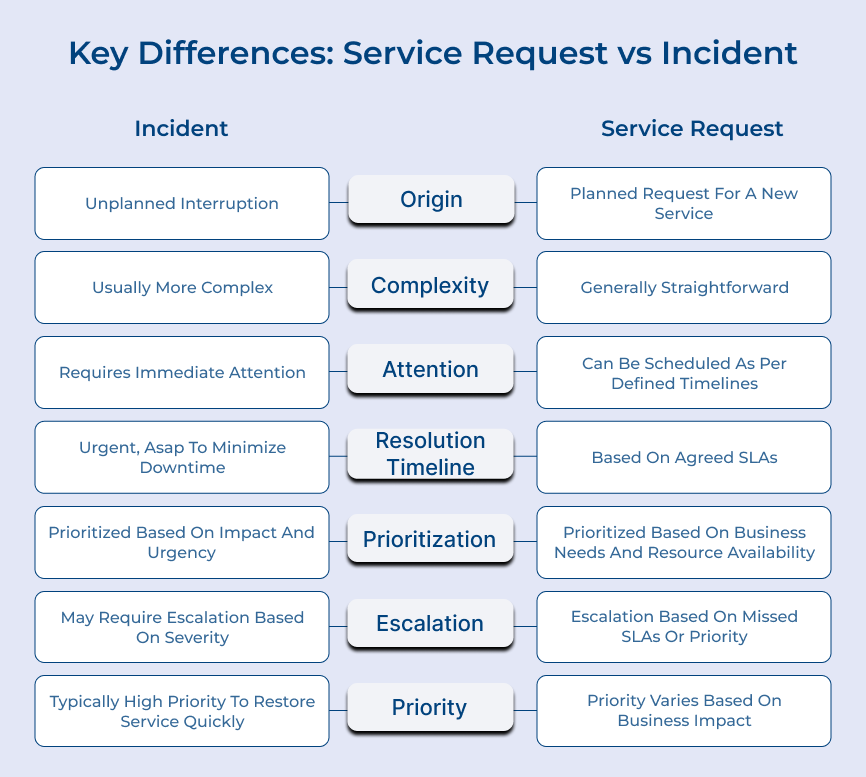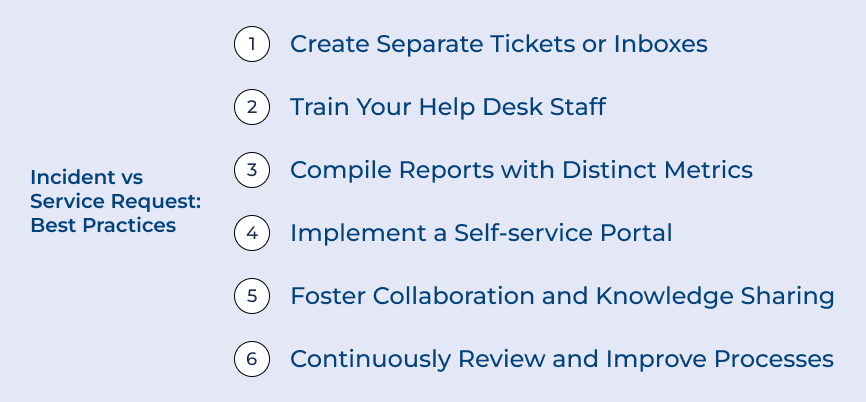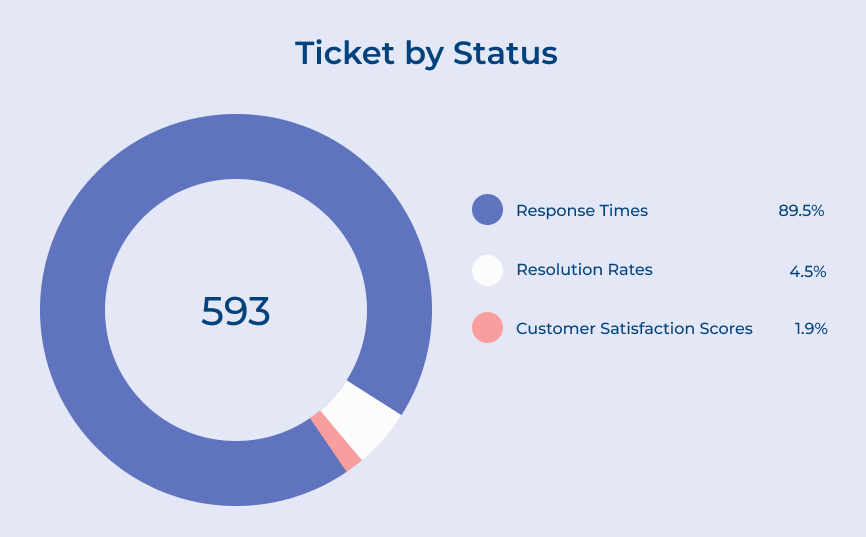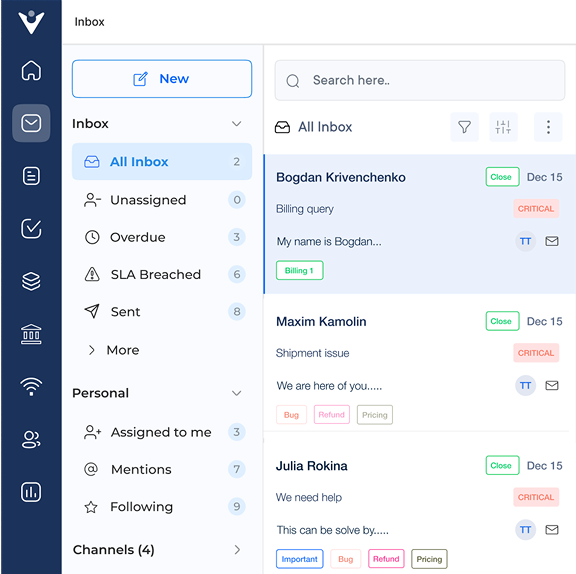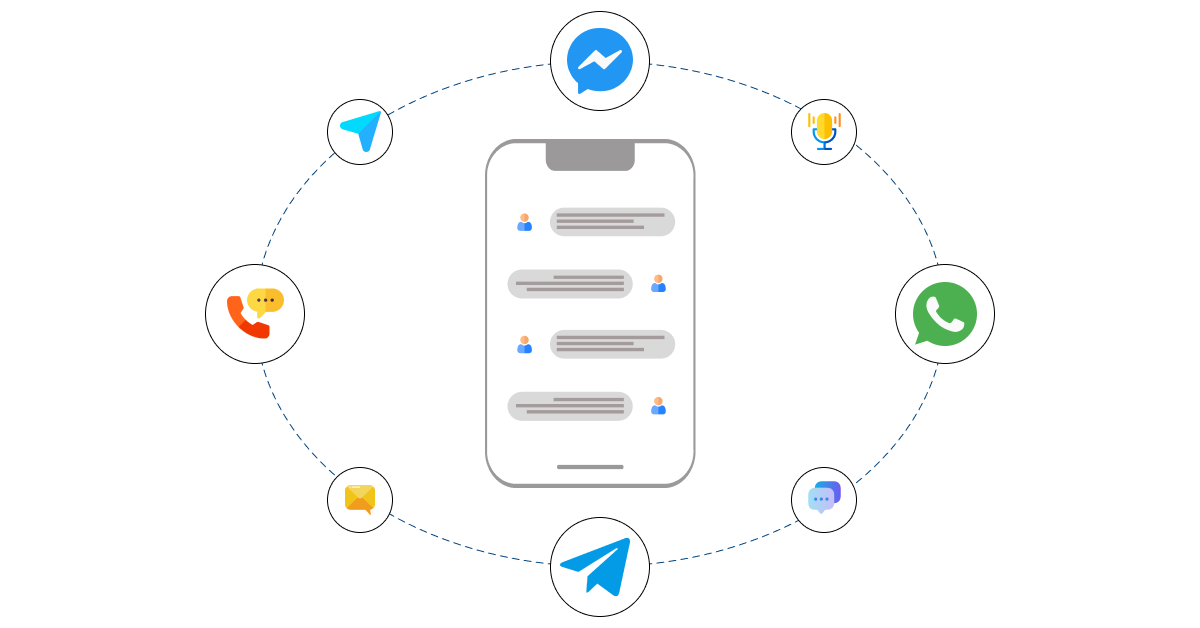Incident tickets typically originate internally from system administrators when there is a problem with the IT infrastructure. These issues are identified through system monitoring or automated alerts. Service requests are user-initiated and usually come from clients or customers who require specific services or assistance.
Service requests are often simpler and easier to troubleshoot than incidents. They generally involve smaller tasks or routine actions that require minimal knowledge of the technical environment. Incidents require in-depth analysis to identify the underlying cause and develop an appropriate solution. They can be more complex and involve detailed troubleshooting procedures.
Service requests usually require immediate attention and a quick turnaround time. They aim to address immediate problems or fulfill the specific needs of customers, clients, or end users. Incidents often take longer to resolve as they may involve investigating the root cause of the problem, coordinating with different teams and implementing comprehensive solutions.
Incidents can have varying resolution timelines, depending on their complexity. They may take days or weeks to resolve, especially if they involve critical system failures or extensive troubleshooting. Service requests have shorter resolution timeframes, typically within 24 hours from request submission. The prompt resolution aims to validate the solution’s effectiveness and ensure comprehensive documentation for future reference.
Incidents usually involve follow-up contact with the customer or ticket requester after the resolution. Verifying the solution’s effectiveness and documenting all necessary details are important steps after resolving incidents. The approach ensures that the solution effectively addresses the underlying issue and provides a reference point for future incidents. Service requests are typically shorter-term fixes.
Incidents are typically prioritized based on their urgency and impact on business operations. High-priority incidents, such as critical system failures, receive immediate attention and are escalated for prompt resolution. Service requests, while important, are often prioritized based on predefined service level agreements (SLAs) or customer requirements.
-
Incident Management Processes
Incidents often follow a defined incident management process, including incident identification, logging, categorization, prioritization, investigation, resolution and closure. These processes ensure that incidents are handled systematically and proper documentation is maintained throughout the entire lifecycle. Service requests may also have their own process but generally do not involve the same complexity or formalized incident management procedures.
-
Monitoring and Proactive Support
Incidents are often detected through proactive monitoring systems that identify abnormal system behavior, errors or performance issues. It allows for early detection and prompt response to minimize the impact on business operations. Users typically initiate service requests when they require specific services and they may not be as reliant on proactive monitoring systems.
In incidents, escalation and priority levels are often determined based on the impact and urgency of the issue. Critical business operations-related incidents are escalated to higher-level support teams or management for immediate attention. Service requests are typically handled based on predefined service level agreements (SLAs) or customer-defined priorities.
Incidents often require dedicated ownership and follow-through until resolution. A specific incident owner or team takes responsibility for investigating, resolving and communicating updates to stakeholders. In service requests, ownership may vary based on the nature of the request and the available resources. It can involve a shared responsibility among different support personnel or teams.
Incidents are closely related to problem management, which focuses on identifying and resolving the root causes of recurring incidents. Problem management involves conducting root cause analysis, implementing corrective actions and documenting known errors to prevent future incidents. Service requests, being more straightforward and individual, typically do not require the same level of problem management processes.
Incident vs Service Request: Best Practices
Below are the best practices that will help you navigate the fine line between managing incidents and fulfilling service requests effectively.






